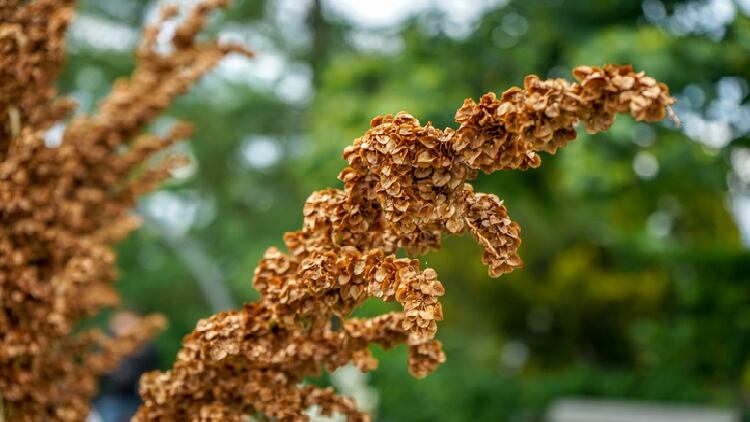Findings of the study was recently published in Frontiers in Nutrition.
The study compared three different algorithms (XGBoost, AdaBoost, and ElasticNet) to find out the one that could best predict the optimal dosage amount of a particular eye health supplement for individuals suffering from eye fatigue.
The best algorithm was shown to help over 96.6% of the test subjects achieve significant improvement in their eye fatigue symptoms and a higher visual health score.
The formulation used in the study was a combination of lutein ester, zeaxanthin, extracts of black currant, chrysanthemum and goji berry. It was previously shown to exhibit protective effects on eye fatigue, dry eye, and macular function in a human clinical trial.
The study started with the researchers conducting a 90-day RCT using the eye health supplement on 245 subjects in the Aier Eye Hospital, Shanghai.
During the trial, the subjects were randomised into four groups, consuming either the placebo or the supplement containing 6mg, 10mg, or 14mg of lutein daily.
Key characteristics such as their eye fatigue symptoms score, visuognosis persistence, macular pigment optical density (MPOD), and Schirmer test were collected during the start, halfway through, and at the end of their trial.
Information about their anthropometrics, physical activities, food intake, blood biomarkers, and optical coherence tomography were collected at start and end of the trial.
Selecting the machine
After which, the researchers then “fed” the three algorithms with key data from the RCT.
This is to “teach” the algorithms how to recognize the outcome that it is designed to detect. The outcomes to detect include the dosage amount of the supplement and its impact on visual heath scores, demographic and anthropometric, and blood test features.
The researchers then used the algorithm to make predictions on the visual health scores and the blood test features etc based on the dosage amount of the supplement.
Eventually, the XGBoost was chosen because it made the best prediction.
The quality of the prediction was assessed by measuring the Pearson’s correlation coefficient of the algorithms.
Of the three algorithms, XGBoost yielded the highest Pearson’s correlation coefficient at 0.618. The other two models, AdaBoost yielded a coefficient of 0.604 and ElasticNet at 0.412.
Testing the machine
After the XGBoost algorithm was chosen, the researchers then “retrained” the algorithm to identify and predict only the visual health scores.
To do so, they recruited another 58 subjects.
It was supposed that each subject took the eye health supplement at three different doses at 6, 10, 14 mg of lutein for 90 days.
The researchers then used the XGBoost algorithm to predict the visual health score of each subject based on the amount of lutein consumed on the 45th day.
Results
Over 96.6% of them (56 subjects) showed significant eye fatigue improvement with their visual health scores improved by more than 0.1 in 45 days.
The remaining subjects did not benefit from the supplement since they already had a relatively high visual health scores at baseline, said the researchers.
Based on the prediction, 39 subjects (67.2%) should take 14 mg as the optimal dose, and other 17 subjects (29.3%) might take the combination at a lower dose level.
“Using this validated model, we could predict the optimal dose of the botanical combination of lutein supplements for subjects with eye fatigue symptom and provide them with personalized nutrition solution.
“A certain number of subjects (67.2%) could benefit from the highest dose, some (29.3%) need lower doses to receive efficient supplement, and a small proportion (3.4%) could not benefit from the intervention.
“It suggested the rationality and necessity of personalized nutrition solution for phytonutrient supplementation,” the researchers concluded.
Source: Frontiers in Nutrition
A Machine Learning Based Dose Prediction of Lutein Supplements for Individuals With Eye Fatigue
DOI: 10.3389/fnut.2020.577923
Authors: Kan J, Li A, Zou H, Chen L and Du J





